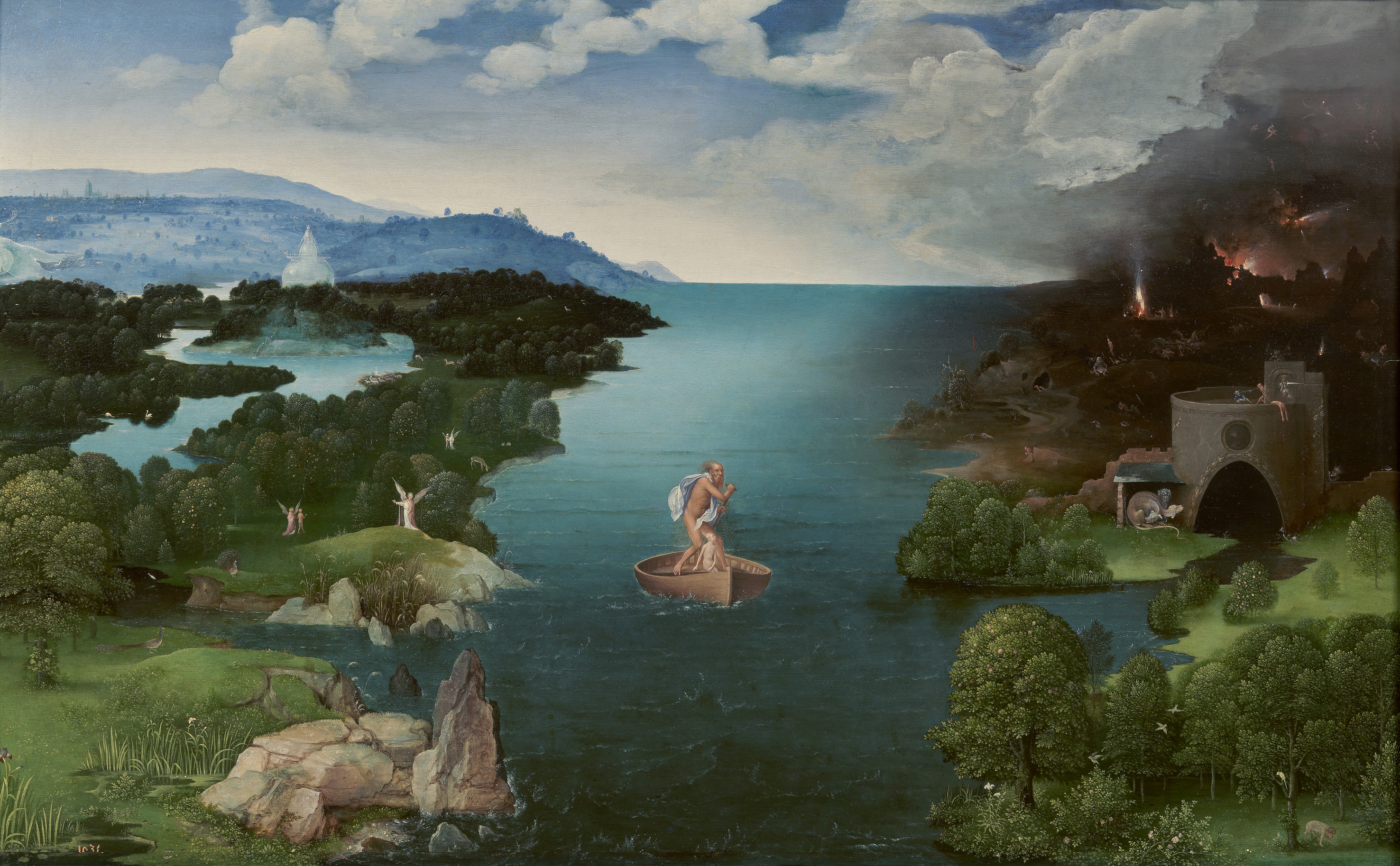|
Chinese Scholar's Rocks
''Gongshi'' (), also known as scholar's rocks or viewing stones, are naturally occurring or shaped rock (geology), rocks which are traditionally appreciated by Chinese scholars.Metropolitan Museum of Art "The World of Scholars' Rocks Gardens, Studios, and Paintings" retrieved 2012-12-20. The term is related to the Korean ''suseok'' () and the Japanese ''suiseki'' (). Scholars' rocks can be any color, and contrasting colors are not uncommon. The size of the stone can also be quite varied: scholars' rocks can weigh hundreds of pounds or less than one pound. The term also identifies stones which are placed in traditional Chinese gardens. History In the Tang dynasty, a set of four important qualities for the rocks were recognized. They are: thinness (瘦 shòu), openness (透 tòu), perforations (漏 lòu), and wrinkling (皺 zhòu). Gongshi influenced the development of Korean ''Korean stone art, suseok'' and Japanese ''suiseki''. Sources There are three main Chinese sources f ... [...More Info...] [...Related Items...] OR: [Wikipedia] [Google] [Baidu] |
Gong Shi
Gong Shi () was a policy in ancient China during the reigns of emperors Emperor Dezong of Tang, Dezong () and Emperor Shunzong of Tang, Shunzong () of the Tang dynasty in which the emperor would send Eunuchs in China, eunuchs to civilian markets to purchase goods by force at very low prices. This system was abolished by Reformists led by Wang Shuwen () under the rule of Emperor Shunzong. History Researches published by City University of Hong Kong and Fudan University show that the earliest record of Gong Shi can be traced back to 707, according to two biographic sketches of Emperor Zhongzong of Tang, Emperor Zhongzong (). At first, the Gong Shi was merely certain kind of imperial entertainment, until the period of the Emperor Xuanzong of Tang, Emperor Xuanzong (), when the entertainment tended to become a commercial practice adopted to serve the need of the palace. Before the ''Zhenyuan'' () period of the reign of Emperor Dezong, if the palace required supplies, then the off ... [...More Info...] [...Related Items...] OR: [Wikipedia] [Google] [Baidu] |
Guangdong
) means "wide" or "vast", and has been associated with the region since the creation of Guang Prefecture in AD 226. The name "''Guang''" ultimately came from Guangxin ( zh, labels=no, first=t, t= , s=广信), an outpost established in Han dynasty near modern Wuzhou, whose name is a reference to an order by Emperor Wu of Han to "widely bestow favors and sow trust". Together, Guangdong and Guangxi are called ''Liangguang, Loeng gwong'' ( zh, labels=no, first=t, t=兩廣, s=两广 , p=liǎng guǎng) During the Song dynasty, the Two Guangs were formally separated as ''Guǎngnán Dōnglù'' ( zh, first=t, t=廣南東路, s=广南东路, l=East Circuit (administrative division), Circuit in Southern Guang , labels=no) and ''Guǎngnán Xīlù'' ( zh, first=t, t=廣南西路, s=广南西路, l=West Circuit (administrative division), Circuit in Southern Guang , labels=no), which became abbreviated as ''Guǎngdōng Lù'' ( zh, first=t, t=廣東路, s=广东路 , labels=no) and ''Guǎngxī Lù ... [...More Info...] [...Related Items...] OR: [Wikipedia] [Google] [Baidu] |
Landscape Art
Landscape painting, also known as landscape art, is the depiction in painting of natural scenery such as mountains, valleys, rivers, trees, and forests, especially where the main subject is a wide view—with its elements arranged into a coherent composition. In other works, landscape backgrounds for figures can still form an important part of the work. Sky is almost always included in the view, and weather is often an element of the composition. Detailed landscapes as a distinct subject are not found in all artistic traditions, and develop when there is already a sophisticated tradition of representing other subjects. Two main traditions spring from Western painting and Chinese art, going back well over a thousand years in both cases. The recognition of a spiritual element in landscape art is present from its beginnings in East Asian art, drawing on Daoism and other philosophical traditions, but in the West only becomes explicit with Romanticism. Landscape views in art ... [...More Info...] [...Related Items...] OR: [Wikipedia] [Google] [Baidu] |
Asymmetry
Asymmetry is the absence of, or a violation of, symmetry (the property of an object being invariant to a transformation, such as reflection). Symmetry is an important property of both physical and abstract systems and it may be displayed in precise terms or in more aesthetic terms. The absence of or violation of symmetry that are either expected or desired can have important consequences for a system. In organisms Due to how cell (biology), cells divide in organisms, asymmetry in organisms is fairly usual in at least one dimension, with Symmetry in biology, biological symmetry also being common in at least one dimension. Louis Pasteur proposed that biological molecules are asymmetric because the cosmic [i.e. physical] forces that preside over their formation are themselves asymmetric. While at his time, and even now, the symmetry of physical processes are highlighted, it is known that there are fundamental physical asymmetries, starting with time. Asymmetry in biology Asy ... [...More Info...] [...Related Items...] OR: [Wikipedia] [Google] [Baidu] |
Aesthetics
Aesthetics (also spelled esthetics) is the branch of philosophy concerned with the nature of beauty and taste (sociology), taste, which in a broad sense incorporates the philosophy of art.Slater, B. H.Aesthetics ''Internet Encyclopedia of Philosophy,'' , accessed on 15 September 2024. Aesthetics examines values about, and Critical thinking, critical judgments of, artistic taste and preference. It thus studies how Artist, artists imagine, create, and perform works of art, as well as how people use, enjoy, and criticize art. Aesthetics considers why people consider certain things beautiful and not others, as well as how objects of beauty and art can affect our moods and our beliefs. Aesthetics tries to find answers to what exactly is art and what makes good art. It considers what happens in our minds when we view Visual arts, visual art, listen to music, read poetry, enjoy delicious food, and engage in large artistic projects like creating and experiencing plays, fashion shows ... [...More Info...] [...Related Items...] OR: [Wikipedia] [Google] [Baidu] |
Fractal
In mathematics, a fractal is a Shape, geometric shape containing detailed structure at arbitrarily small scales, usually having a fractal dimension strictly exceeding the topological dimension. Many fractals appear similar at various scales, as illustrated in successive magnifications of the Mandelbrot set. This exhibition of similar patterns at increasingly smaller scales is called self-similarity, also known as expanding symmetry or unfolding symmetry; if this replication is exactly the same at every scale, as in the Menger sponge, the shape is called affine geometry, affine self-similar. Fractal geometry lies within the mathematical branch of measure theory. One way that fractals are different from finite geometric figures is how they Scaling (geometry), scale. Doubling the edge lengths of a filled polygon multiplies its area by four, which is two (the ratio of the new to the old side length) raised to the power of two (the conventional dimension of the filled polygon). ... [...More Info...] [...Related Items...] OR: [Wikipedia] [Google] [Baidu] |
South China Karst
The South China Karst (), a UNESCO World Heritage Site since June 2007, spans the provinces of Chongqing, Guangxi, Guizhou, and Yunnan. It is noted for its karst features and landscapes as well as rich biodiversity. The site comprises seven clusters Phase I: Libo County, Libo Karst, Shilin (Stone Forest), Shilin Karst, and Wulong Karst inscribed in 2007, and Phase II: Guilin Karst, Shibing Karst, Mount Jinfo, Jinfoshan Karst, and Huanjiang Karst inscribed in 2014. UNESCO describes the South China Karst as "unrivalled in terms of the diversity of its karst features and landscapes". The huge karst area of South China is about 550,000 km2 in extent. The karst terrain displays a geomorphic transition as the terrain gradually descends about 2000 meters over 700 kilometers from the western Yunnan-Guizhou Plateau (averaging 2100 meters elevation) to the eastern Guangxi Basin (averaging 110 meters elevation). The region is recognized as the world’s type area for karst landform developme ... [...More Info...] [...Related Items...] OR: [Wikipedia] [Google] [Baidu] |
Guilin Scenic Area
The scenic area of Guilin is a general term for tourism resources within Guilin, including numerous attractions. Guilin's landscape has long been renowned for its "green hills, clear water, fantastic caves, and beautiful mountains". The region's natural scenery is characterized by its mountains, rivers, karst caves, historic sites and Petroglyph, stone carvings. On June 24, 2014, Guilin, along with Shibing County, Shibing in Guizhou, Mount Jinfo in Chongqing and Huanjiang Maonan Autonomous County, Huanjiang in Guangxi, was inscribed on the World Heritage Site, World Heritage List as part of the South China Karst at the 38th World Heritage Conference. Mountains The topography of Guilin is characterized by its karst limestone formations, with mountains predominantly composed of green stone and covered by evergreen vegetation. These mountains are noted for their distinctive and unusual shapes, integral to the region's natural heritage. Key mountain attractions in Guilin include ... [...More Info...] [...Related Items...] OR: [Wikipedia] [Google] [Baidu] |
Karst Topography
Karst () is a topography formed from the dissolution of soluble carbonate rocks such as limestone and Dolomite (rock), dolomite. It is characterized by features like poljes above and drainage systems with sinkholes and caves underground. There is some evidence that karst may occur in more weathering-resistant rocks such as quartzite given the right conditions. Subterranean drainage may limit surface water, with few to no rivers or lakes. In regions where the dissolved bedrock is covered (perhaps by debris) or confined by one or more superimposed non-soluble rock strata, distinctive karst features may occur only at subsurface levels and can be totally missing above ground. The study of ''paleokarst'' (buried karst in the stratigraphic column) is important in petroleum geology because as much as 50% of the world's Oil and gas reserves and resource quantification, hydrocarbon reserves are hosted in carbonate rock, and much of this is found in porous karst systems. Etymology ... [...More Info...] [...Related Items...] OR: [Wikipedia] [Google] [Baidu] |
Bedrock
In geology, bedrock is solid rock that lies under loose material ( regolith) within the crust of Earth or another terrestrial planet. Definition Bedrock is the solid rock that underlies looser surface material. An exposed portion of bedrock is often called an outcrop. The various kinds of broken and weathered rock material, such as soil and subsoil, that may overlie the bedrock are known as regolith. Engineering geology The surface of the bedrock beneath the soil cover (regolith) is also known as ''rockhead'' in engineering geology, and its identification by digging, drilling or geophysical methods is an important task in most civil engineering projects. Superficial deposits can be very thick, such that the bedrock lies hundreds of meters below the surface. Weathering of bedrock Exposed bedrock experiences weathering, which may be physical or chemical, and which alters the structure of the rock to leave it susceptible to erosion. Bedrock may also experience subsur ... [...More Info...] [...Related Items...] OR: [Wikipedia] [Google] [Baidu] |
Speleogenesis
Speleogenesis is the origin and development of caves, the primary process that determines essential features of the hydrogeology of karst and guides its evolution. It often deals with the development of caves through limestone, caused by the presence of water with carbon dioxide dissolved within it, producing carbonic acid which permits the dissociation of the calcium carbonate in the limestone. Limestone The majority of limestone caves are formed by calcium carbonate dissolution by the solvent action of meteoric waters circulating through the rock. In the presence of carbon dioxide saturated water, calcium carbonate reacts to form the soluble calcium bicarbonate. :CaCO3 + CO2 + H2O → Ca(HCO3)2 As meteoric waters precipitate they dissolve atmospheric carbon dioxide to form a dilute carbonic acid solution, which builds up in permeable fissures, bedding planes, joints, and faults within limestone rocks. The exposed limestone then reacts to become calcium bicarbonate whi ... [...More Info...] [...Related Items...] OR: [Wikipedia] [Google] [Baidu] |






